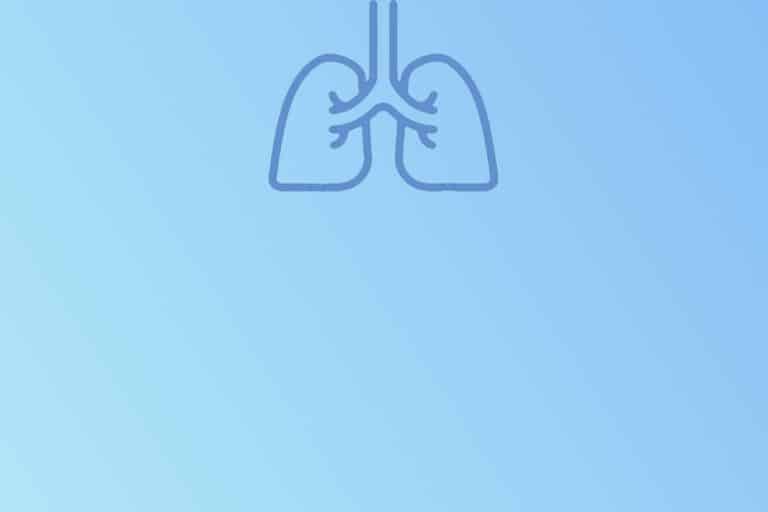Definitions
Neonatal definitions are important in relation to categorization of infants into segments that carry a certain risk of associated morbidities. Newborns can be stratified based on Birth weight (BW), Gestational age (GA) and their relationship:
Gestational age
- preterm newborns (< 37+0)
- term newborn (37+0 to 41+6)
- postterm newborn (> 41+6)
Birth weight
- macrosomia (> 4500 g)
- normal (2500 – 4500 g)
- low birth weight [LBW] (< 2500 g)
- very low birth weight [VLBW] (< 1500 g)
- extremely low birth weight [ELBW] (< 1000 g)
Gestational age <> Birth weight
- appropriate for GA [AGA] (eutrophic)
- small for GA [SGA] (hypotrophic; BW is < 10.percentile for given GA)
- large for GA [LGA] (hypertrophic; BW is > 90.percentile for given GA)
Mortality
Mortality rates
- Perinatal mortality = stillbirths + live births that died during the first week of life (early neonatal mortality) for 1000 newborns
- Neonatal mortality = newborns that died since birth up to 28 days of life for 1000 live births
- Infant mortality = children that died since birth up 1 year of life for 1000 live births
Specific mortality = based on birth weight
Perinatal mortality = consequence of the most common perinatal complications:
- infection / sepsis
- congenital anomalies
- perinatal asphyxia
- hypoxic-ischemic encephalopathy (HIE)
- peri/intraventricular hemorrhage (PIVH)
Morbidity
Morbidity = illness, deviation from the healthy status of a newborn
Early Morbidity
- respiratory distress syndrome (RDS)
- bronchopulmonary dysplasia (BPD)
- hypoxic-ischemic encephalopathy (HIE)
- peri/intraventricular hemorrhage (PIVH)
- periventricular leukomalacia (PVL)
- retinopathy of prematurity (ROP)
- necrotizing enterocolitis (NEC)
- persistent ductus arteriosus (PDA)
Late Morbidity
- cerebral palsy (CP)
- blindness
- deafness
- mental retardation (MR)
- epilepsy
- failure to thrive
References
① Brydges CR, Landes JK, Reid CL, Campbell C, French N, Anderson M. Cognitive outcomes in children and adolescents born very preterm: a meta-analysis. Dev Med Child Neurol. 2018;60(5):452-468. doi:10.1111/dmcn.13685





